I have generic class
public class Range<T> where T : IEquatable<T>
{
///<summary>
/// Minimum value of Range<T>
///</summary>
public T Min;
}
and if I were to call class as
public Range<int> range;
how would I get the tooltip for Min to show that it is the Min value of Range<int> instead of Range<T>?
